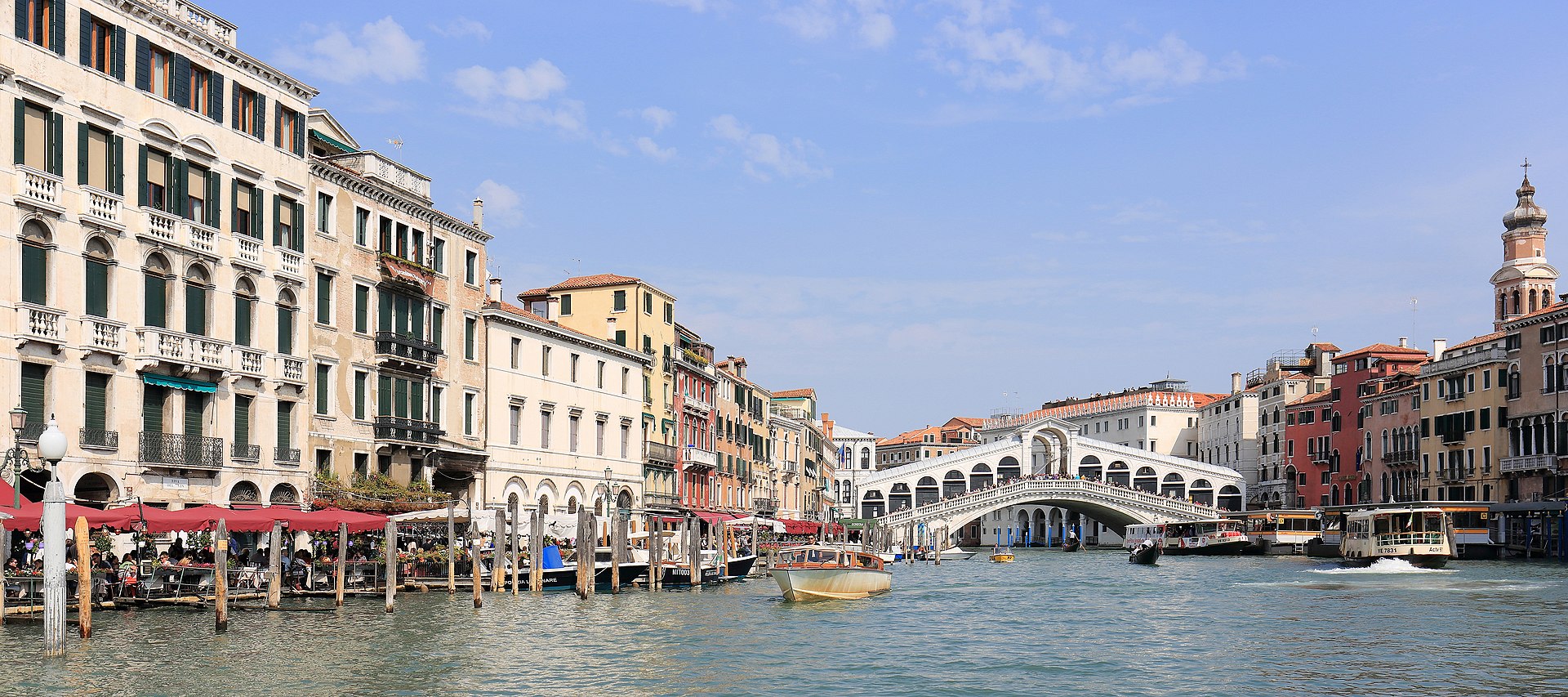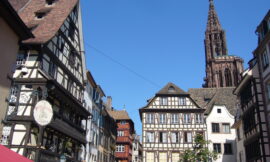Venice, the floating city of romance and mystery, is a place unlike any other on Earth. Built on a network of canals, this Italian jewel stands as a testament to human ingenuity, artistic grandeur, and a rich maritime history. With its labyrinthine streets, iconic landmarks, and unique mode of transportation, Venice is a timeless serenade that beckons travelers to lose themselves in its ethereal beauty.
Central to Venice’s allure is its intricate network of canals, which serve as the city’s lifeblood. The Grand Canal, the main waterway that meanders through the heart of Venice, is a bustling thoroughfare lined with palaces, churches, and vibrant markets. Vaporettos, water taxis, and the iconic gondolas navigate these waterways, offering a poetic journey through the city’s historic districts.
St. Mark’s Square, or Piazza San Marco, is Venice’s grand centerpiece and a testament to the city’s historical and cultural significance. The square is surrounded by architectural marvels, including St. Mark’s Basilica, a masterpiece of Byzantine architecture adorned with intricate mosaics and marble columns. The Campanile, the square’s towering bell tower, provides panoramic views of Venice’s rooftops and canals.
Adjacent to St. Mark’s Basilica is the Doge’s Palace, a symbol of Venice’s political and maritime power during the days of the Venetian Republic. The palace, with its Gothic and Renaissance architecture, houses lavish chambers, the infamous Bridge of Sighs, and a collection of art that reflects the city’s cultural richness. The Bridge of Sighs, connecting the palace to the prisons, earned its name from the sighs of prisoners who caught their last glimpse of Venice before incarceration.
Venice’s artistic legacy is embodied in the works of renowned painters such as Titian, Tintoretto, and Paolo Veronese. The Gallerie dell’Accademia, housed in a former monastery, showcases a superb collection of Venetian Renaissance art, including masterpieces by these celebrated artists. The Peggy Guggenheim Collection, located in the picturesque Palazzo Venier dei Leoni along the Grand Canal, offers a modern art perspective with works by Picasso, Pollock, and Dalí.
The Rialto Bridge, one of Venice’s most iconic structures, spans the Grand Canal and has been a bustling marketplace since the 11th century. The bridge’s arches provide panoramic views of the water traffic below and the vibrant market stalls along the canal banks. The Rialto Market, a vibrant maze of fresh produce and seafood stalls, captures the essence of Venetian daily life and culinary traditions.
Venice’s neighborhoods, or sestieri, each have their own distinct character. Cannaregio, the largest sestiere, is known for its Jewish Ghetto and serene canals. Dorsoduro, on the other hand, is home to the vibrant university district and the Gallerie dell’Accademia. The Castello sestiere, with its narrow alleys and historic sites, provides a quieter escape from the tourist crowds.
The Venetian Lagoon, encompassing the islands of Murano, Burano, and Torcello, adds to the city’s allure. Murano is renowned for its exquisite glass-blowing craftsmanship, while Burano is celebrated for its colorful fishermen’s houses and lace-making tradition. Torcello, the earliest center of civilization in the lagoon, boasts the ancient Cathedral of Santa Maria Assunta with its stunning mosaics.
Venice’s culinary scene reflects the city’s maritime heritage and commitment to fresh, local ingredients. Cicchetti, Venetian tapas-style dishes, can be enjoyed in bacari, traditional wine bars scattered throughout the city. Venetian specialties such as sarde in saor (sweet and sour sardines) and fegato alla veneziana (Venetian liver) showcase the city’s culinary creativity.
Venice’s annual events, such as the Venice Carnival and the Venice Biennale, contribute to the city’s vibrant cultural calendar. The Venice Carnival, dating back to the 11th century, is a lavish affair featuring masked balls, parades, and a celebration of the city’s artistic history. The Venice Biennale, one of the world’s most prestigious art exhibitions, attracts artists and art enthusiasts from around the globe.
In conclusion, Venice stands as a city that transcends time, inviting visitors to wander through its enchanting streets, glide along its serene canals, and immerse themselves in its artistic treasures. From the grandeur of St. Mark’s Square to the intimate charm of hidden alleyways, Venice is a masterpiece of human achievement, a testament to resilience in the face of the elements, and a living canvas where the past and present coalesce in a harmonious dance. To experience Venice is to embark on a journey into a realm of unparalleled beauty and cultural richness, where every corner reveals a new facet of this timeless serenade on the water.



